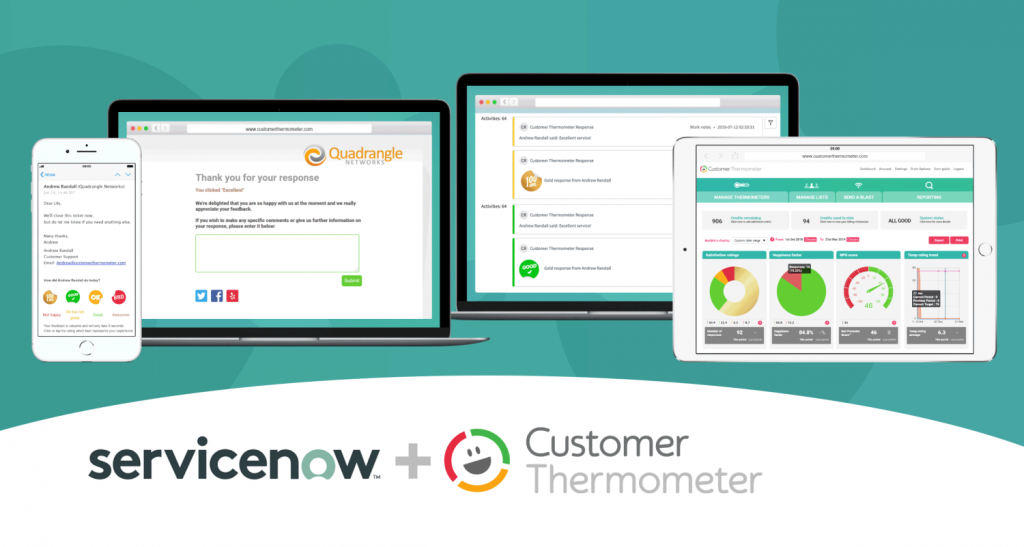
Customer feedback integration is crucial for any business seeking to optimize marketing strategies and achieve long-term success. Imagine a world where your marketing efforts are not only aligned with customer needs but also proactively shaped by their direct input. Customer feedback integration involves actively collecting, analyzing, and acting upon customer opinions, suggestions, and reviews. This process allows companies to understand customer desires, identify pain points, and adapt their marketing strategies accordingly. Many businesses struggle with ignoring customer input, leading to disconnect and lost opportunities. This article will explore practical strategies for integrating customer feedback, revealing actionable insights and actionable steps to transform your marketing strategy.
Understanding the Importance of Customer Feedback
Recognizing the Value of Customer Input
Customer feedback provides invaluable insights into the needs, preferences, and pain points of your target audience. By collecting and analyzing this feedback, companies can identify areas for improvement in their products, services, and overall customer experience. A positive customer experience fosters brand loyalty and advocacy, which ultimately contribute to long-term revenue growth. Ignoring customer input can lead to a disconnect between the company’s offering and customer expectations, potentially hindering brand growth and resulting in negative reviews and lost sales opportunities.
Collecting Customer Feedback Effectively
Implementing Effective Feedback Collection Methods
Implementing a structured approach to collecting customer feedback is paramount for actionable insights. This could involve utilizing various methods like surveys, questionnaires, feedback forms, focus groups, and social listening tools. By deploying these methods strategically, businesses can gather comprehensive and diverse perspectives. Furthermore, consider offering incentives such as discounts or exclusive access to beta programs for customers who willingly provide feedback. A combination of methods may often yield the best results, ensuring a rich understanding of the customer base. For example, a survey can gauge general satisfaction while focus groups can delve deeper into specific issues.
Analyzing and Interpreting Customer Feedback
Leveraging Data to Make Informed Decisions
Once customer feedback is collected, the next step is careful analysis and interpretation. Employing sentiment analysis tools and techniques can help decipher customer sentiments, identifying areas of high satisfaction and areas needing improvement. Businesses should identify common themes, pain points, and recurring suggestions. Analyzing this data can reveal unmet customer needs and areas for improvement in products, services, or marketing messages. For example, a hotel chain could analyze customer reviews to understand complaints about room cleanliness or slow service, then tailor training programs accordingly.
Implementing Actionable Changes Based on Feedback
Putting Insights into Practice
With actionable insights gained from analysis, the focus shifts towards implementing strategic changes to improve customer satisfaction. Companies need to prioritize the most critical areas for improvement based on feedback frequency, intensity, and impact. For example, a retailer can use feedback to optimize product placement, improve customer service protocols, or develop more effective marketing campaigns.
Measuring and Monitoring the Impact of Changes
Tracking Progress Through KPIs
After implementing changes based on customer feedback, it’s essential to track progress by monitoring key performance indicators (KPIs). These KPIs can include customer satisfaction scores, customer retention rates, and conversion rates. Regularly evaluating the impact of changes allows companies to adjust their strategies and ensure continued improvement in customer experience. For instance, a company can monitor survey responses after implementing changes to customer service processes to see if the improvements are producing measurable results.
Conclusion to Customer Feedback Integration for Marketing Strategies
The value of customer feedback in marketing cannot be overstated. By implementing a robust system for collecting, analyzing, and acting upon customer input, businesses can gain a deeper understanding of their target audience and refine their strategies to meet those needs. The more effective the feedback system, the more relevant the marketing strategies will be in the long-term.
Frequently Asked Questions
What are the key benefits of incorporating customer feedback into marketing strategies?
Integrating customer feedback into marketing strategies offers several key advantages. It improves products and services by addressing customer concerns and preferences, strengthens customer relationships by demonstrating that the business values their opinions, and ultimately enhances brand loyalty. By proactively listening to customer feedback, companies can tailor their offerings and marketing strategies to meet customer needs more effectively. This approach helps businesses to better understand their target market and respond to evolving customer desires and expectations.
How can companies use customer feedback to improve their products and services?
Customer feedback is instrumental in product and service improvement. By meticulously analyzing the feedback received, businesses can identify areas requiring improvement. This data can highlight specific pain points, identify areas for enhancement, and reveal unmet customer needs. For instance, if customers consistently complain about the checkout process, the business can investigate and streamline it. By proactively addressing these feedback items, companies can enhance customer satisfaction and foster a more positive and valuable customer experience.
In conclusion, integrating customer feedback is no longer optional but a necessity for successful marketing strategies. By actively listening to your customers and incorporating their input, businesses can enhance their products, improve customer experience, and ultimately drive revenue growth. Remember, customer feedback is a valuable source of data that can help companies to make informed decisions. To leverage this data, consider implementing a structured feedback collection system, analyze the feedback received, and implement actionable changes accordingly. Stay proactive in seeking and utilizing customer insights to foster customer loyalty and remain competitive in the marketplace.